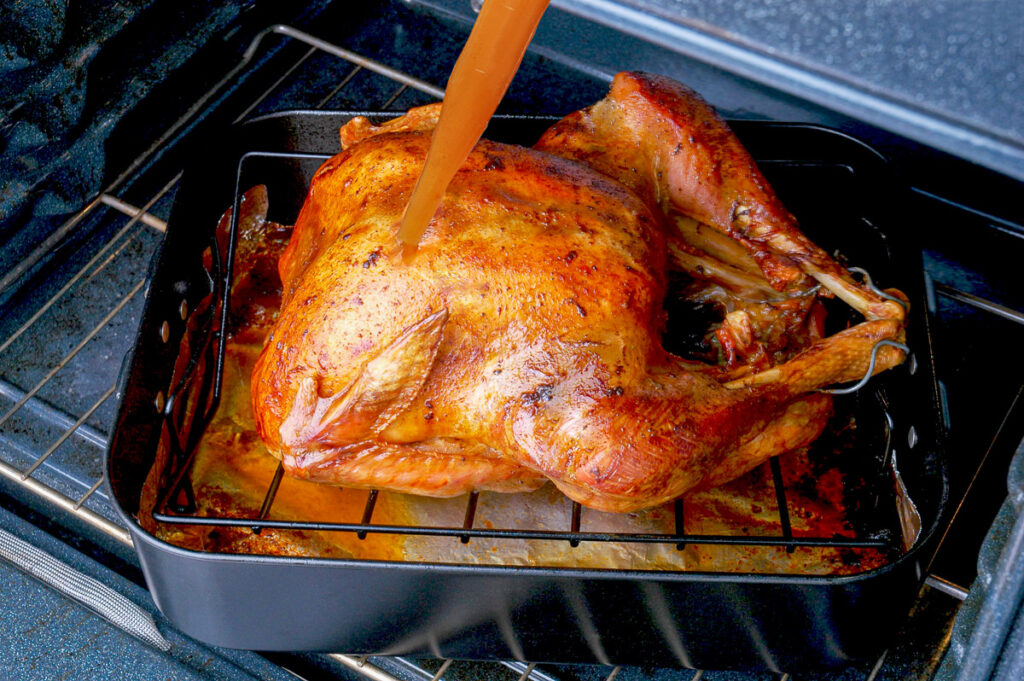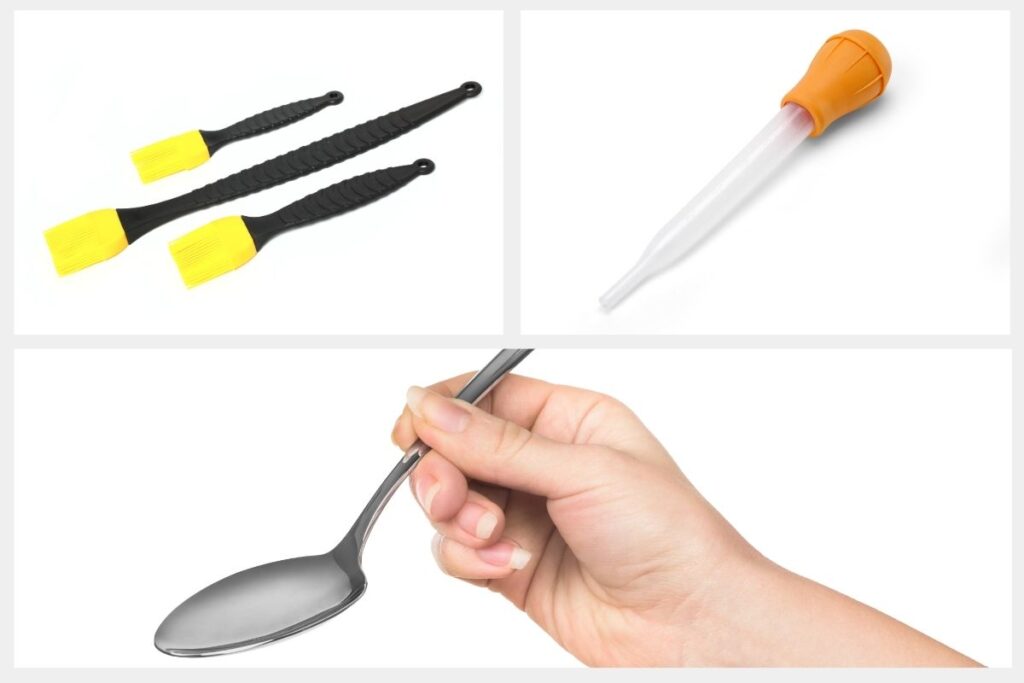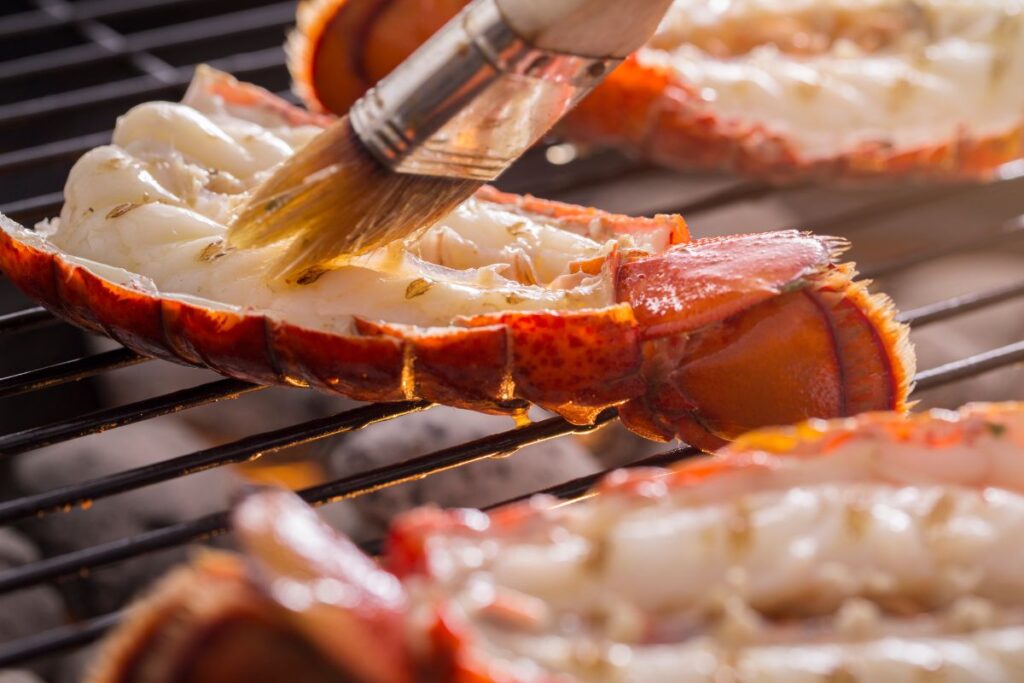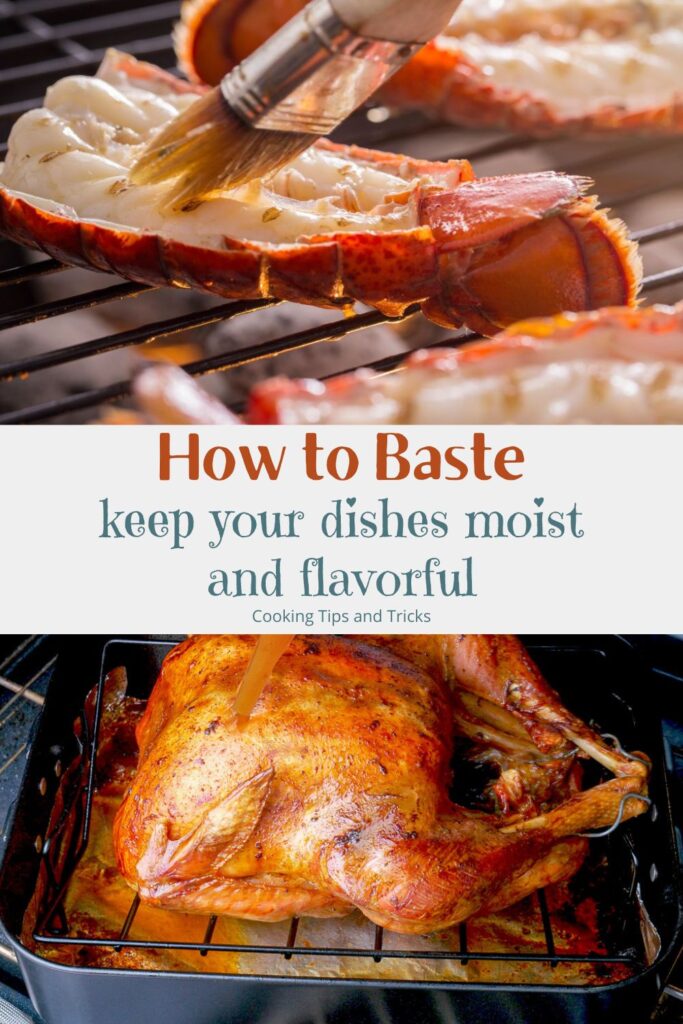Baste to Taste: The Complete Guide to Basting for Flavorful and Juicy Dishes
Introduction: The Art of Basting
Basting is a simple yet essential cooking technique that involves moistening food with liquid, fat, or pan drippings during the cooking process. It’s a method beloved by chefs and home cooks alike for its ability to add flavor, prevent drying out, and create a beautifully browned exterior. Whether roasting a turkey, grilling a steak, or preparing a pan of roasted vegetables, basting can elevate your dishes to new heights of deliciousness.

Understanding Basting
At its core, basting is about maintaining moisture. By regularly spooning liquid over the surface of your cooking food, you reintroduce moisture that might otherwise evaporate in the heat of the oven or grill. This technique is especially popular in oven roasting, where the dry heat can siphon moisture from meats, leaving them dry and tough if not properly attended to.
Tools for basting
To baste effectively, you need the right tools:
- Basting Brush: Ideal for applying marinades or melted butter on food.
- Basting Bulb: A bulb baster sucks up pan juices and allows for precise distribution over the food.
- Ladle or Spoon: These are perfect for spooning juices over larger roasts.

The basting liquids
The choice of basting liquid is as essential as the basting itself. Here are some common basting liquids:
- Pan drippings: The juices collected in the pan are flavorful and excellent for basting.
- Stocks and broths: Using stock or broth can add a depth of flavor and is a healthier option than basting with fat.
- Marinades and sauces: Basting with a marinade or sauce can layer flavors and create a sticky, caramelized exterior.
- Butter or oil: Rich in flavor, they can help achieve a golden-brown crust.
Techniques and tips for basting
- Baste regularly: Frequent basting ensures that your dish remains moist and flavorsome.
- Don’t overdo it: Opening the oven door too often can lower the temperature and increase cooking time.
- Finish with high heat: If you’re looking for crispy skin, baste for most of the cooking time at a moderate temperature, then finish with a closely monitored, short period of high heat after basting is done.
The Benefits of Basting
- Enhanced flavor: Basting spreads the seasonings evenly and adds layers of flavor.
- Texture and color: It contributes to a crisp, golden-brown exterior that is visually appealing and adds texture.
- Moisture retention: It helps keep the food tender and juicy, especially meat.

Common Basting Mistakes
- Using cold basting liquid: This can lower the temperature of the meat and affect cooking time.
- Cross-contamination: If you’re basting with a marinade that’s been in contact with raw meat, boil it first to eliminate bacteria.
- Neglecting the basting: It’s easy to get distracted, but neglecting to baste regularly can result in dry and flavorless food.
Basting as a culinary secret weapon
Basting is a testament to the fact that sometimes, the simplest techniques can profoundly impact a dish’s result. It’s a culinary secret weapon that requires little more than attention and patience, but the payoff is in the succulent, flavorful, and visually stunning dishes that result.
Postscript: A nod to basted eggs or Basting with a twist
While we dive into the world of basting, it’s intriguing to note a dish that borrows from the concept—basted eggs. Though not basting in the classic sense, the technique behind basted eggs embraces the spirit of using gentle heat and moisture to achieve a delicious result.
Clarifying the Technique
Basted eggs are often made by cracking eggs into a pan, adding a bit of water and covering the pan with a lid. This creates steam, which cooks the top of the eggs without flipping them. While this passive basting method doesn’t involve pouring liquid over the food, it similarly uses steam to cook gently, akin to how traditional basting prevents drying out and adds tenderness.
Including basted eggs in our basting exploration highlights the technique’s versatility and inspires a broader understanding and application in cooking. It’s a nod to the creativity inherent in culinary practices and how techniques can be adapted across different cooking scenarios.
Have you tried using the baste method in your cooking? What’s your favorite basting liquid or tool? Share your experiences and tips in the comments below, and let’s spread the love for this age-old culinary technique.
Photo credits are by Deposit Photos and Canva Pro.
Edited by Christopher Benoit.
Elizabeth (Beth) Mueller is a food journalist, CEO of Pear Tree Kitchen, and co-creator of Food Blogger Help. She also has a bachelor’s degree in philosophy and a registered nurse licensed in the State of Oklahoma. When she has free time between writing, blogging, and cooking, she can be found volunteering as an RN with the Oklahoma Medical Reserve Corps.

